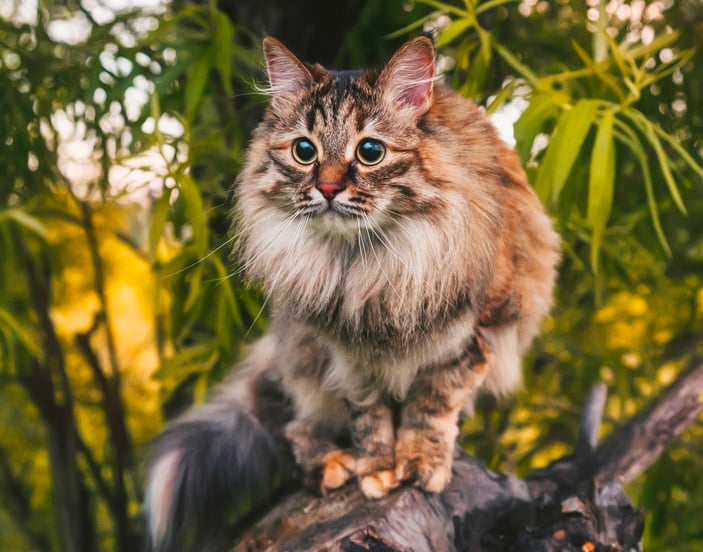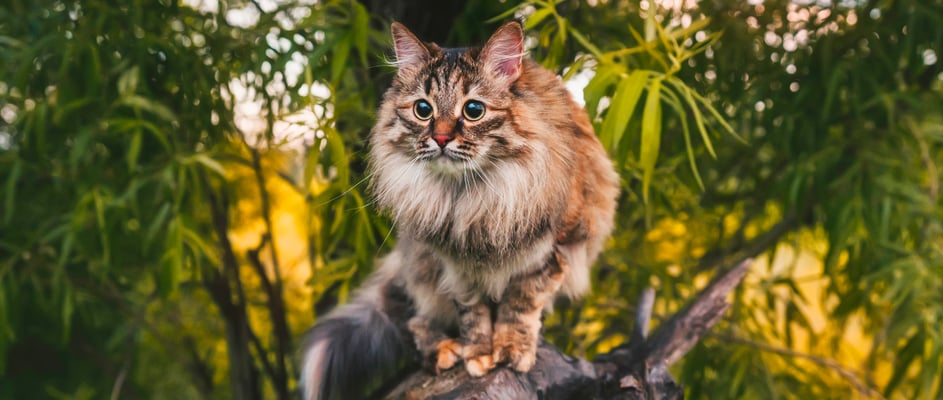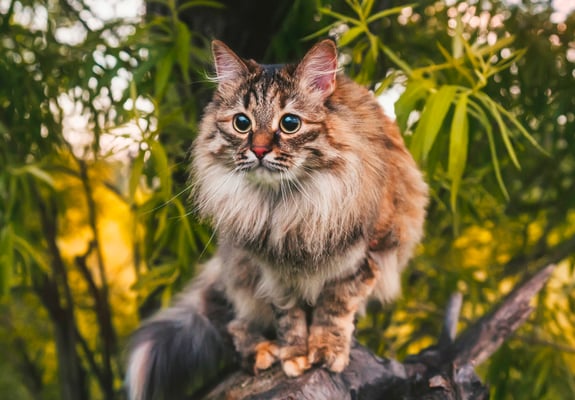The guide to owning a Siberian cat.
Looking to welcome a cat into your home but not sure where to begin? Welcome, you’re in the right place. Secure a no-obligation quote with Waggel to make sure your new friend gets the cover they deserve.
Jump to:
Stats at a glance.
History and origin.
The Siberian cat is a strong yet graceful cat breed that traces its roots to the snowy forests of Russia. Many people call them the Siberian forest cat because of their thick fur and hardy build.
They catch the eye with a luxurious triple coat and a gentle, affectionate nature. While some might assume these cats are standoffish, Siberians often enjoy family time and playful moments.
The earliest mentions of the Siberian cat date back to around 1889, with cat enthusiasts such as Harrison Weir praising their robust look and friendly demeanour.
They evolved in Russia’s icy landscapes, so they developed a thick winter coat that helps them handle harsh climates.
In modern times, breeding programmes help to spread these large cats around the globe. By the late 20th century, they were recognised by major groups like the International Cat Association, and you might see them competing in more than one cat show.
Even though they share some traits with the Maine Coon, Siberians stand out with their rounded features and unique personality.
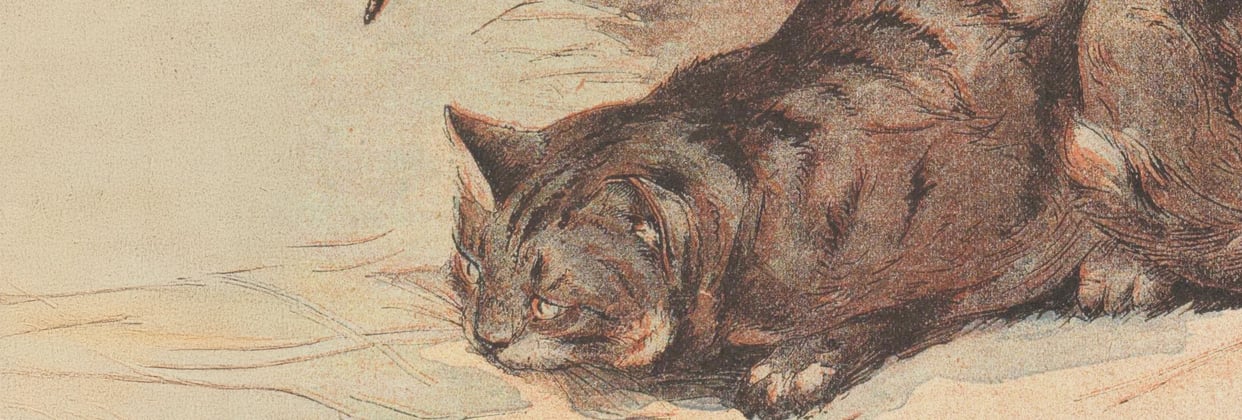

Physical characteristics.
Siberian cats are medium to large, often weighing between 3.5 kg and 8 kg. These purebred felines have well-muscled bodies, thick legs, and round, tufted paws, with each paw built to grip slippery floors and snow.
Their triple coat is dense but still soft to the touch. It typically includes an insulating underlayer, a longer middle layer, and a protective outer layer.
Because of this layering, Siberians rarely feel underdressed, even in winter weather. The topcoat might shimmer in the sun, and the fur can come in many colours, including tabby, solid, and colourpoint patterns.
Colours and patterns.
From classic browns to silver and cream, the Siberian cat can charm you with a wide selection of coat shades.
Some have dramatic tabby stripes, while others keep it more subtle. Regardless of the pattern, you’ll notice a thick ruff around the neck that adds to their regal look.
Their shimmering coat and variety of colours aren’t just for show. This thick layering helps them adapt to both cold climates and indoor living.
For those keen on learning more about large, furry felines, you might enjoy our guide to the biggest domestic cats.
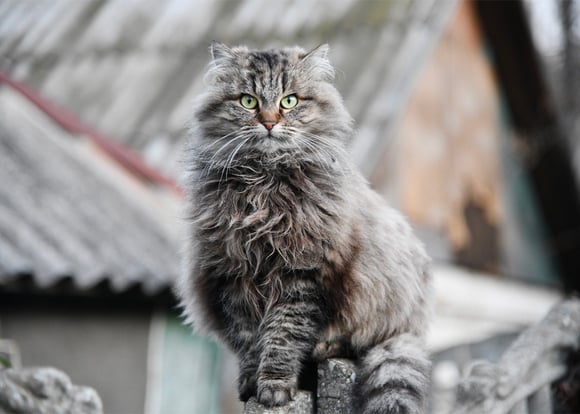
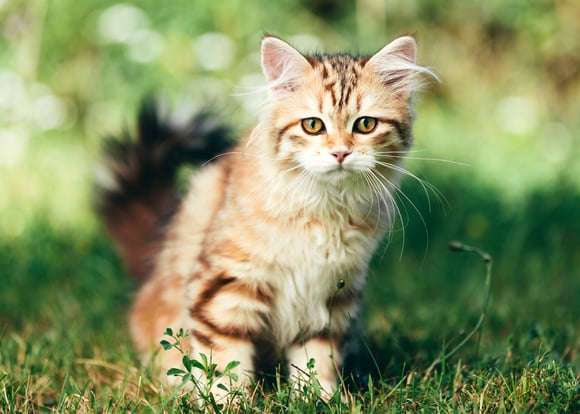
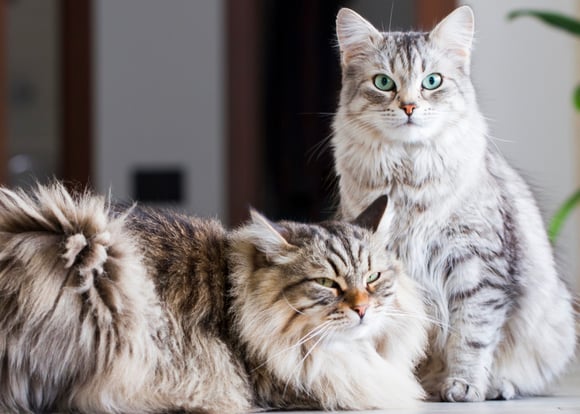
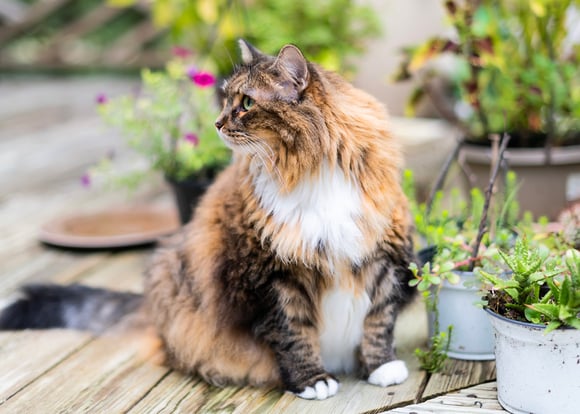
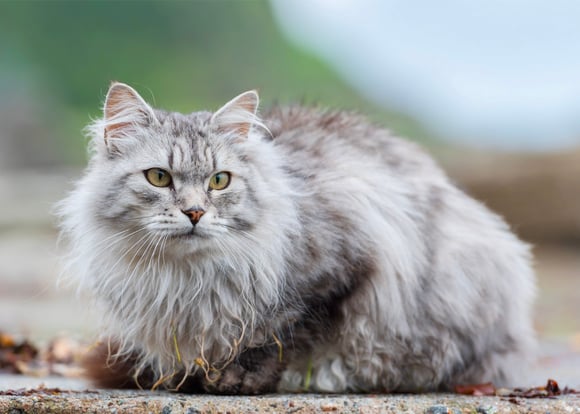
Temperament and personality.
These cats are often described as playful, affectionate, and quite curious. They usually greet you at the door with a soft purr or a tiny chirp, revelling in your attention.
Though they can have moments of independence, they’re very attached to their human families. They may roll around, inviting a little game, or perch nearby to watch you tidy the house.
Many Siberians enjoy climbing, so a sturdy cat tree or high shelf can help them feel secure. Since they have a tendency to explore, it’s wise to keep valuables tucked away if your Siberian gets the zoomies.


Health considerations.
Overall, Siberians are known to be a relatively healthy breed, yet a few conditions merit watching.
One is hypertrophic cardiomyopathy, a heart problem that can affect purebreds. Regular vet checks help safeguard your cat’s well-being.
Similar to other long-haired cats, they may also experience mat formation in their fur if not groomed well.
Here’s a quick look at some conditions to keep in mind:
Note: Costs are approximate and can vary based on location and specific veterinary practices.
Some of these issues, especially allergies, may lead to hair thinning. To learn more about common causes of feline hair loss, see our article on hair loss and alopecia in cats. If you notice any sudden changes, always speak to a vet promptly.
That's why cat insurance can be a great backup for high vet fees, especially lifetime insurance that covers the lifetime of your pet, as long as you renew and pay the premiums.
Want to learn more? Check out our guide to the ins and outs of pet insurance for help.
Living with a Siberian cat.
Living with a Siberian Forest cat can be both amusing and heartwarming. Their bold, confident side means they might greet visitors head-on, or decide to climb up to a safe vantage point to observe.
Because they’re so adaptable, they often adjust quickly to your home’s schedule, though a bored kitten will find something to amuse itself, sometimes involving your shoes or curtains!
Be ready to provide climbing structures, quiet nap spots, and scratching surfaces. If you struggle with keeping your cat from clawing the sofa, you might like our tips on how to get a cat to use a scratching post.
They’re a fairly athletic cat breed, so encouraging interactive play each day helps prevent weight gain and keeps their minds sharp.
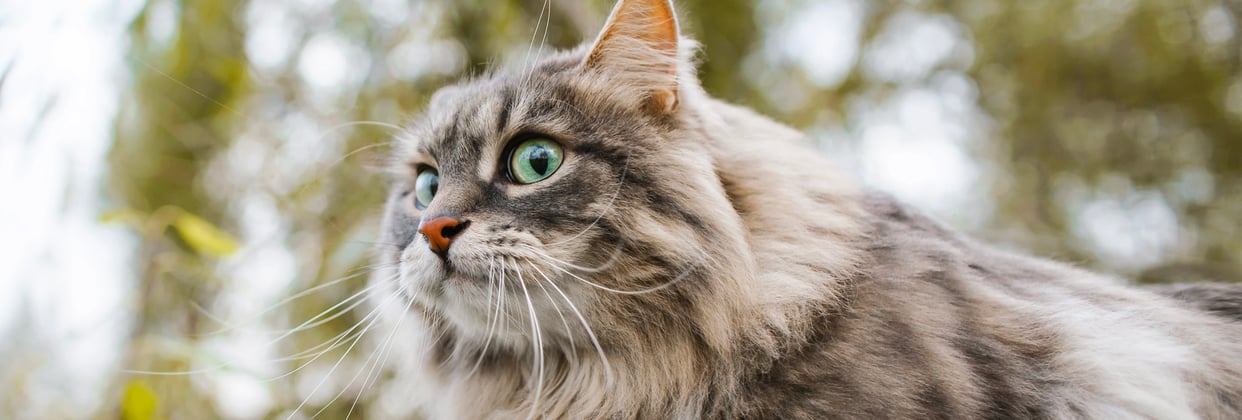

Grooming and care.
Thanks to their triple coat, Siberians shed moderately all year, with heavier moults in spring and autumn.
Brushing them a few times a week helps to remove loose hair, minimise matting, and cut down on furballs.
You can see our advice on how to bathe a cat if yours happens to get into muddy mischief, although many Siberians handle basic grooming themselves.
If you find them drooling or spitting up fur, consider reading reasons why your cat drools for helpful insights. In most cases, consistent coat care keeps them looking and feeling fantastic.
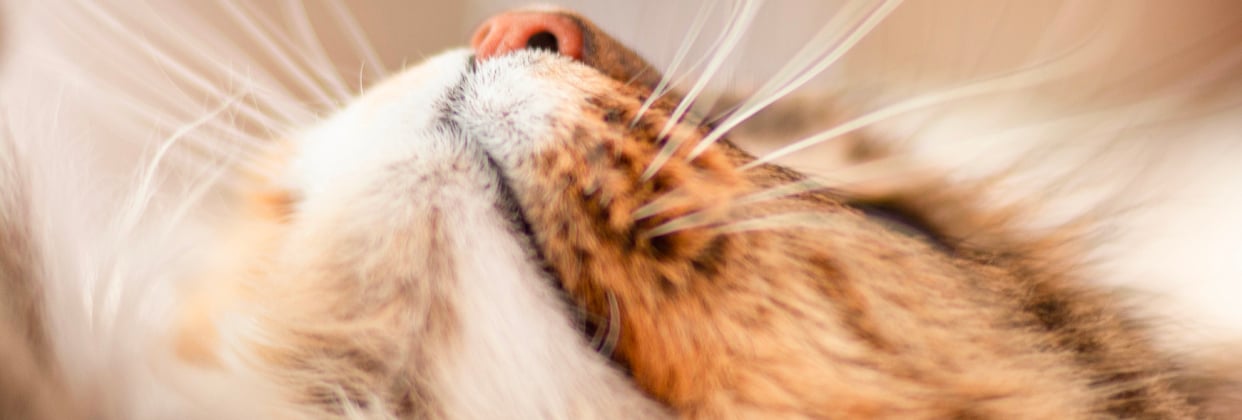

Diet and exercise.
A balanced diet that’s rich in animal protein supports their active lifestyle. A high-quality, meat-based cat food is often recommended, but always follow your vet’s advice for portion sizes.
Plan on 20–30 minutes of dedicated play each day to keep your cat’s body and mind stimulated.
Whether it’s chasing a feather wand or batting a soft ball around the living room, regular exercise helps maintain a healthy weight.
So does portion control, since even a healthy breed can gain too much weight if allowed to snack all day.
Is a Siberian cat right for you?
If you’re seeking a friendly, semi-long-haired cat breed with an adventurous streak, this might be the perfect choice.
Their robust nature and sweet spirit tend to charm families, especially those who enjoy interactive cats.
Although there’s a rumour that Siberians are entirely hypoallergenic, not everyone will experience fewer symptoms. Still, many people with sensitivities find this breed easier to tolerate compared to other fluffy cats.
They also adjust well to indoor living when you provide enough toys and attention. For more on housing and feline lifestyles, you can read our post on indoor cat breeds.

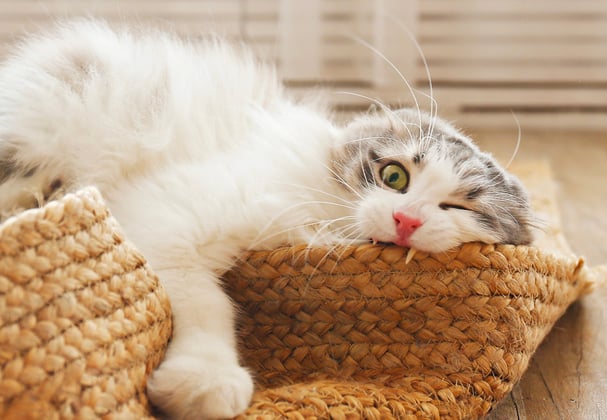
Frequently asked questions.
Are Siberian cats hypoallergenic?
Although many label the Siberian cat as a hypoallergenic option, no cat is truly allergen-free. Their genes have evolved to produce less amounts of the allergen Fel d 1 which humans react to.
However, some people with mild allergies do report fewer reactions to Siberians. Reactions vary, so it’s wise to spend time around them first.
How do I choose a Siberian kitten?
Start with a reputable breeder who tests for conditions like hypertrophic cardiomyopathy. Meet the parents if possible and check that the breeder offers a clean environment.
Alternatively, rescue groups sometimes have Siberians who need a loving forever home.
Are Siberians good family pets?
These cats can be wonderfully affectionate and playful, which suits them to family life. They’re likely to bond with children and other friendly pets, provided they’re introduced carefully.
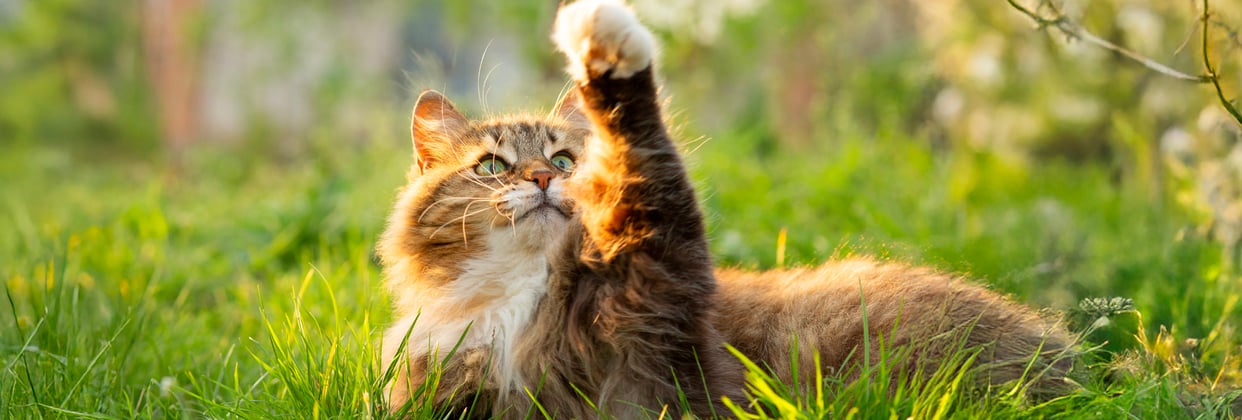

What is the price of a Siberian cat?
Costs vary depending on the breeder, lineage, coat patterns, and location. Prices can start around £300, to over £1,200 for show-quality lines. Always ensure you’re getting a purebred through an ethical source.
Do Siberians get along with dogs?
Siberians are confident and often do well with canines, provided your dog has a calm temperament. Ensure a gradual, well-supervised introduction and let each pet have space to retreat if they feel overwhelmed.
Do Siberian cats need outdoor access?
They don’t require it if offered ample indoor entertainment. Many owners use “catios” or supervised garden strolls. Because Siberians are adventurous, letting them roam unsupervised can be risky, but some families do provide safe outdoor time.
Ready to welcome a Siberian cat into your home?
Welcoming a Siberian cat into your life brings an appealing blend of softness and spirit. If you’re looking for a friend who’s part forest cat, part cuddle buddy, and always ready to purr by your side, this breed ticks many boxes.
With Waggel, you’ll find well-rounded policies that offer:
Lifetime cover for ongoing conditions
Coverage for breed-specific concerns
Simple, hassle-free claims process
Access to online vet support
By offering regular play, gentle groom routines, and routine vet check-ups, you’ll give your Siberian a long, happy life.
